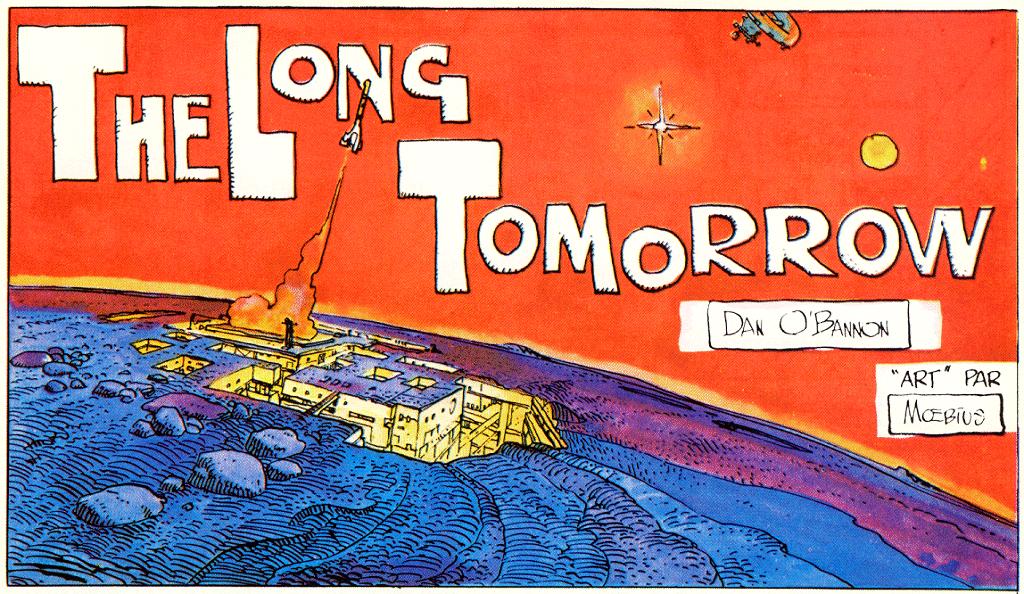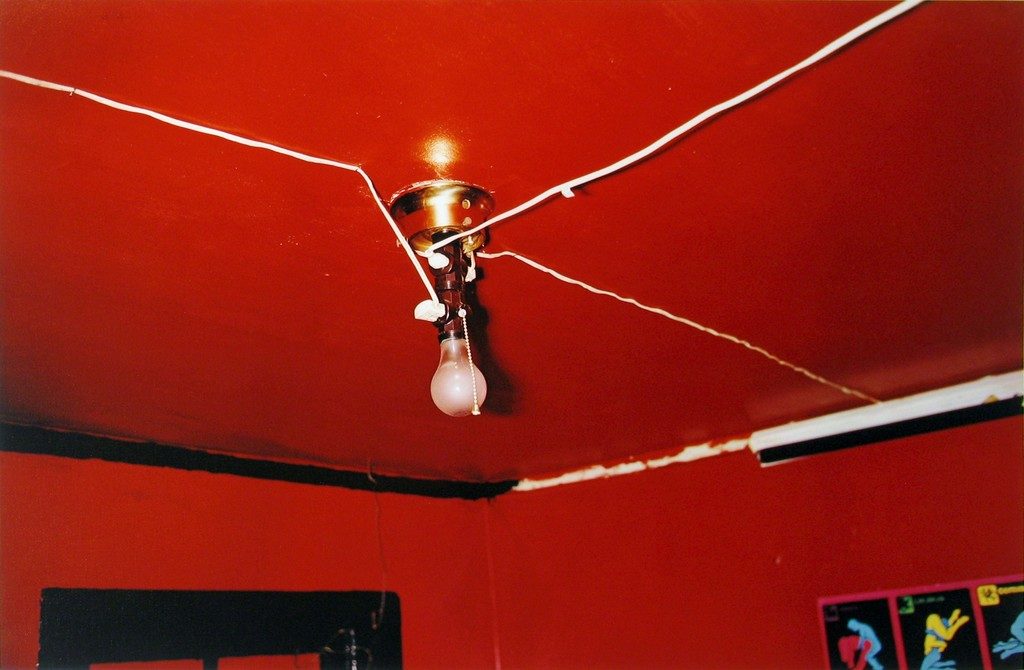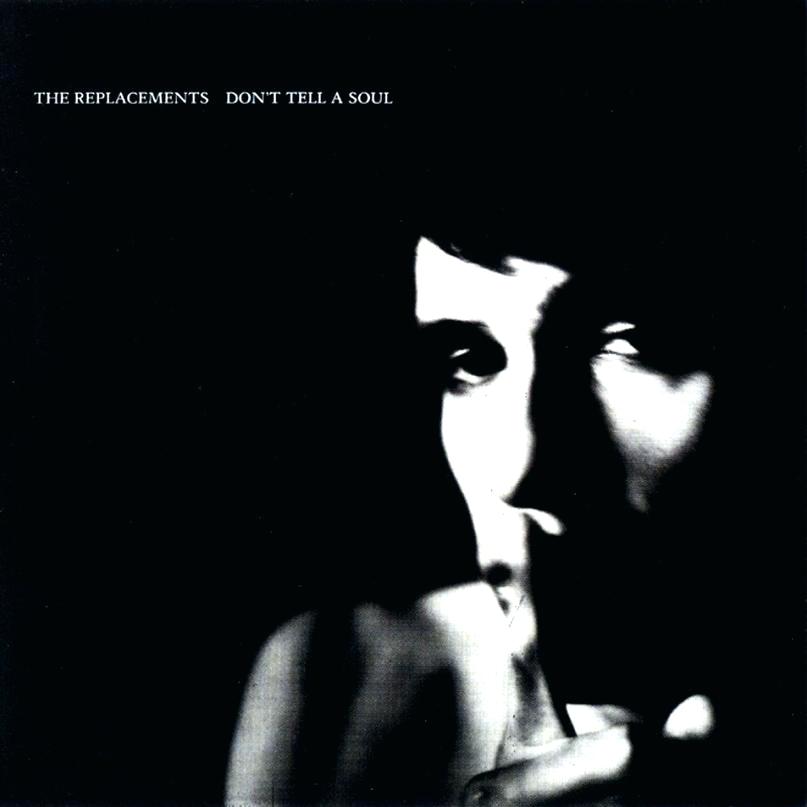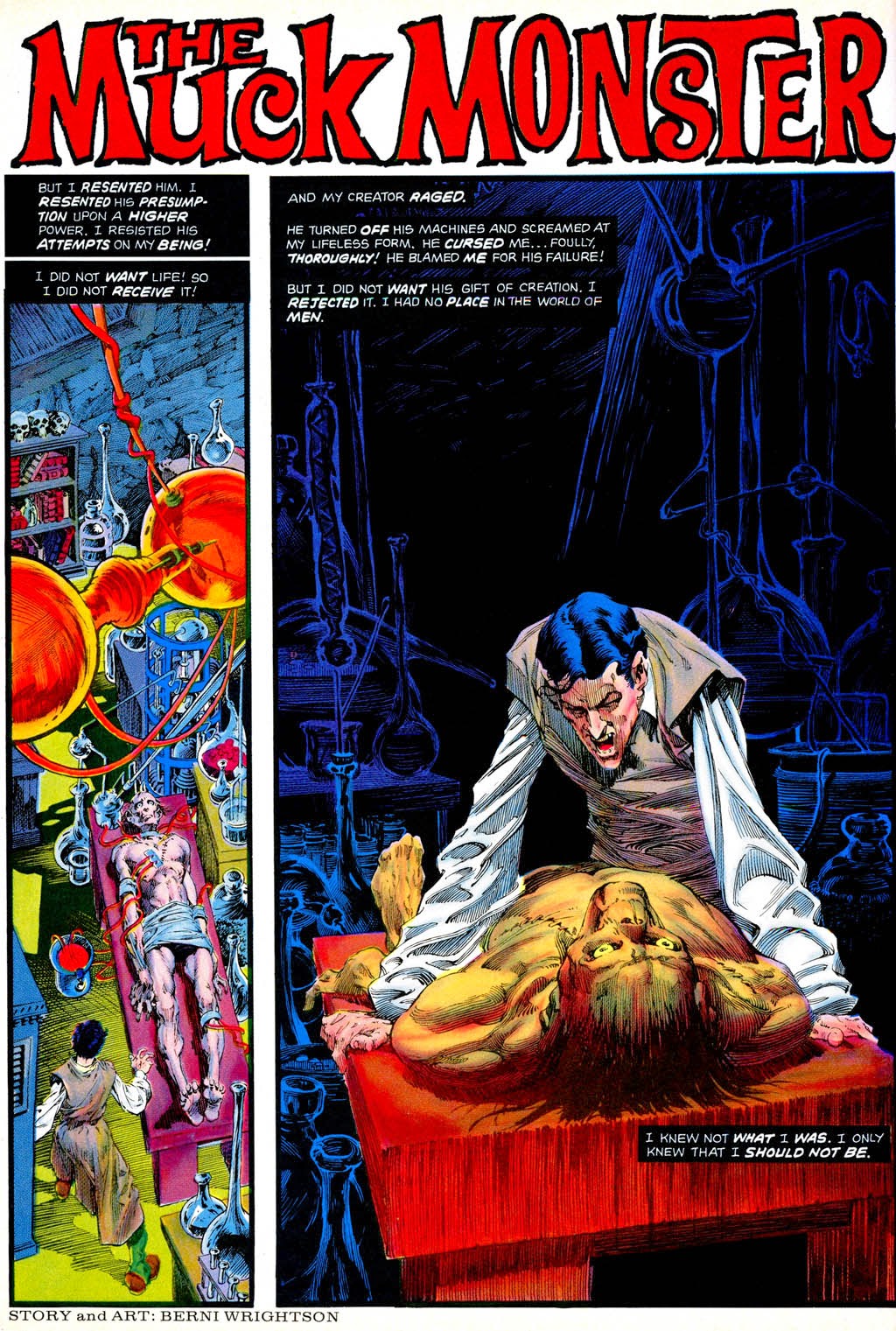
Besides creating a shitload of brain-melting comics, Moebius (Jean Giraud) contributed storyboards and concept designs to numerous science fiction and fantasy films, including Alien, Tron, The Fifth Element and The Abyss. I’ve been on a big Moebius kick lately, and I’ve settled on “The Long Tomorrow” to share with you bastards.
According to the man himself …
I drew “The Long Tomorrow” in 1975, while I worked with Alexandro Jodorowsky on a film adaption of “Dune.” Originally Douglas Trumbull was to do the special effects, but that was not to be so Jodorowsky hired Dan O’Bannon to replace him. Dan came to Paris. Bearded, dressed in a wild style, the typical Californian post-hippie. His real work would begin at the time of shooting, on the models, on the hardware props. As we were still in the stage of preparations and concepts, there was almost nothing to do and he was bored stiff. To kill time, he drew. Dan is best known as a script writer, but is an excellent cartoonist. If he had wished, he could have been a professional graphic artist. One day, he showed me what he was drawing. It was the story board of “The Long Tomorrow.” A classic police story, but situated in the future. I was enthusiastic. When Europeans try this kind of parody, it is never entirely satisfactory, the French are too French, the Italians are too Italian … so, under my nose was a pastiche that was more original than the originals. A believer in parody, Dan continued that tradition. As the story was very strong, I immediately asked if he would allow me to play around graphically, with complete freedom, without conventional pyrotechnics, to refocus on the floating point of view. Pete Club’s costume, for example, was almost ridiculous, far from the traditional raincoat of Bogart. It was the same for most of the visual elements. I scrupulously followed Dan’s story. One day I wish we could publish our two versions side by side. As the strip has pleased everyone, I asked Dan about a sequel, but it did not get his attention, so was simply an adventure I never designed.
This story heavily influenced everyone from writer William Gibson (Neuromancer) to Ridley Scott (Blade Runner) to George Lucas (Empire Strikes Back). If the launchpad sentinel looks familiar to Star Wars fans, it’s because Lucas lifted its design in toto for the probe droid. O’Bannon did a ton of stuff later on, but is perhaps best-known for writing Alien and directing Return of the Living Dead.



